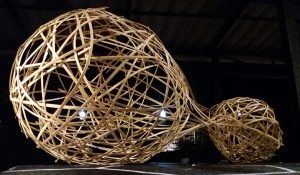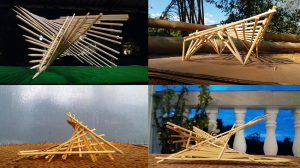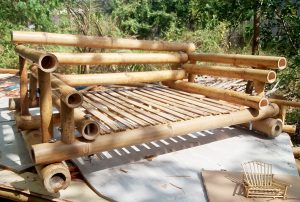Description
The gridshell is one of bamboo’s most flexible structural typologies: a system where logic, lightness, and chance meet in curved equilibrium. A gridshell distributes weight and wind load across the entire surface—rendering the structure improbably strong by eliminating singular stress points. It’s basically a net that became a building.
What intrigues me is the method: woven bamboo strips—often with no mechanical fixings—draped, bent, or otherwise persuaded into an organic form. The weave can be precise, orthogonal, rational. Or it can be anarchic, a kind of material improvisation.
Inspired by artists like Wang Wen-Chih and Marco Casagrande, the gridshell is a canvas at the edge of architecture and installation art. It’s particularly useful for those attempting to introduce bamboo into unfamiliar contexts—because thin strips are surprisingly easy to source globally.
Typically shaped over an initial guiding frame, the structure then finds its own rhythm. Of the four primary systems in bamboo design, the gridshell is the most playful: part engineering, part drawing in space.








